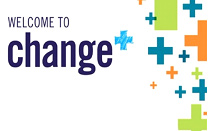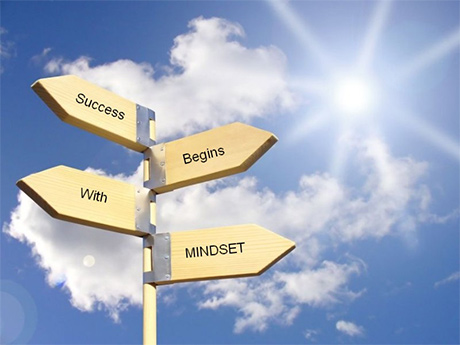When UDL and Fidelity Play Well Together
When you think of standardized assessments, do you think of student empowerment? I didn’t either until this conversation with Rebecca Chappell. As she shares in this podcast, she figured out how to maintain the fidelity of an assessment while providing student choice within the assessment (you’ll have to listen to find out how). She states, “And I think just reflecting on it for me was just to see how just two small changes in how I approach [the assessment] has really impacted how the students engage with it.” Just two small changes. To me, that’s the magic of Universal Design for Learning (UDL). That’s why it works. There’s a lot of debate, though, throughout the educational community about UDL. Some don’t believe in it at all, saying things like, “If you can’t measure it, it’s not worth it,” or something like that. And while there are a healthy number of people working to figure out how to measure it, I come at it a different way.

UDL requires us to have a behavioral change and a mindset change. Beginning with the behavioral change, if you’re someone who used to be more sage-on-the-stage, you (hopefully) shifted from that because you now understand that the sage brings little relevance and authenticity, provides little or no opportunities for students to develop any kind of self-assessment skills or strategies, and offers few opportunities for students to use tools to construct and compose (and that’s just a few of the things that are minimized when an educator talks too much). You altered your planning and teaching behaviors to align more with the UDL framework. That’s a good thing because the framework is made up of researched and validated evidence-based practices. As I say, it’s all the really good stuff neatly organized and ready to use! Next is the mindset shift.
For some, the mindset shift comes immediately. For others, it comes after working with the framework for a while. One isn’t better than the other because the mindset shift that occurs with UDL is not a race, it is a process. It is within that process that you experience a release similar to what Rebecca shares:
“I was just really surprised, and I think relieved, to see that little change. And just thinking about these guidelines and what I want my students to leave my classroom being able to do is not just be able to produce a bunch of words in a certain amount of time and half correct writing sequence and spelling. I also want them to have the skills that are that are a part of those expert learner characteristics.”
The mindshift happens when we realize that education is much, much bigger than standardized assessments. We realize that knowledge is only 1/6 of the expert learner package. Education is providing our learners with opportunity after opportunity to gain skills that lead them toward owning purpose, motivation, knowledge, resourcefulness, being strategic, and being goal-directed (those are the 6 traits in case you’re wondering what the other 5 are). None of us are born as expert learners. We acquire these, but we only acquire them when provided the opportunity to do so.

I know that the field will continue to demand a way to measure UDL because our current education culture leans that direction. But I hope you take the time to see where you sit in your teaching behaviors (i.e., how you design and deliver instruction) and your mindset. We operate in a field where we are consistently and persistently evaluated. I’m asking you to take a step toward personal empowerment, a step toward becoming your own expert learner, and examine where you are. If you do that, I guarantee that you’re one step closer to helping your learners travel the pathway to becoming expert learners.
